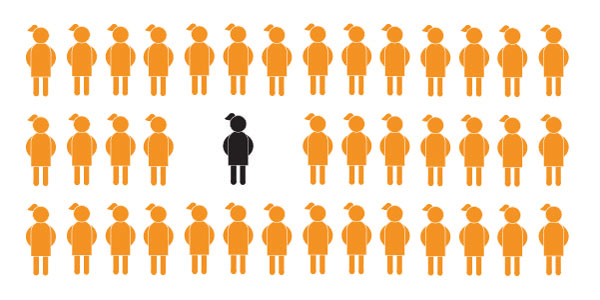 |
| Photocredit: Quirky Kid |
Social exclusion has been defined as ‘the process through which individuals or groups are wholly or partially excluded from full participation in the society within which they live’. Gender, caste or ethnic disadvantage translates into social exclusion when the ‘institutional mechanisms through which resources are allocated and values assigned operate in such a way as to systematically deny particular groups of people the resources and recognition which would allow them to participate fully in the life of that society’.1
Numerous everyday interactions and evaluation studies indicate that even though there is no dearth of good social welfare schemes in India, implementation is a serious threat. A study by Thorat and Lee (2005) on government-run Mid-Day Meal Scheme (MDMS) looks at caste discrimination and untouchability in the context of MDMS implemented in school. They find that many forms of discrimination still exist and within MDMS they find that there is discrimination in terms of segregation of children during meal times on the basis of caste and disapproval of Dalit cooks.3
Effective implementation is key.





